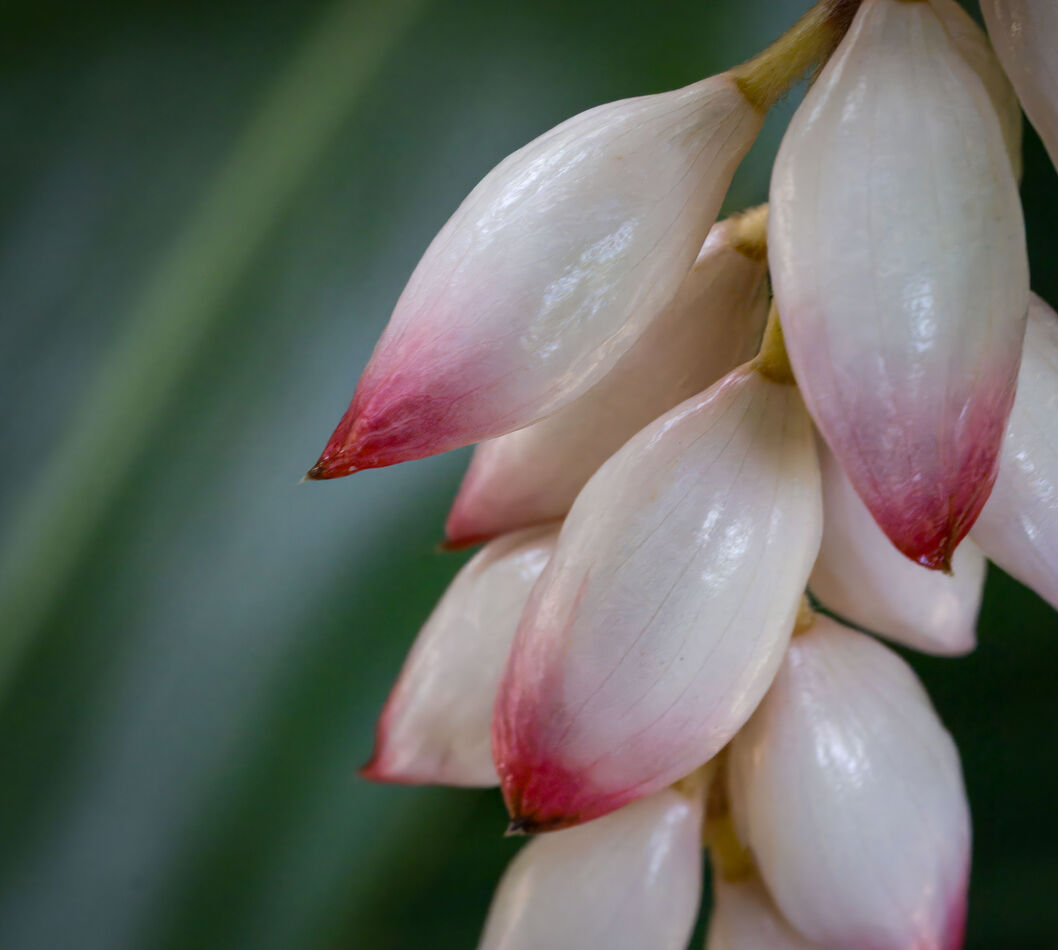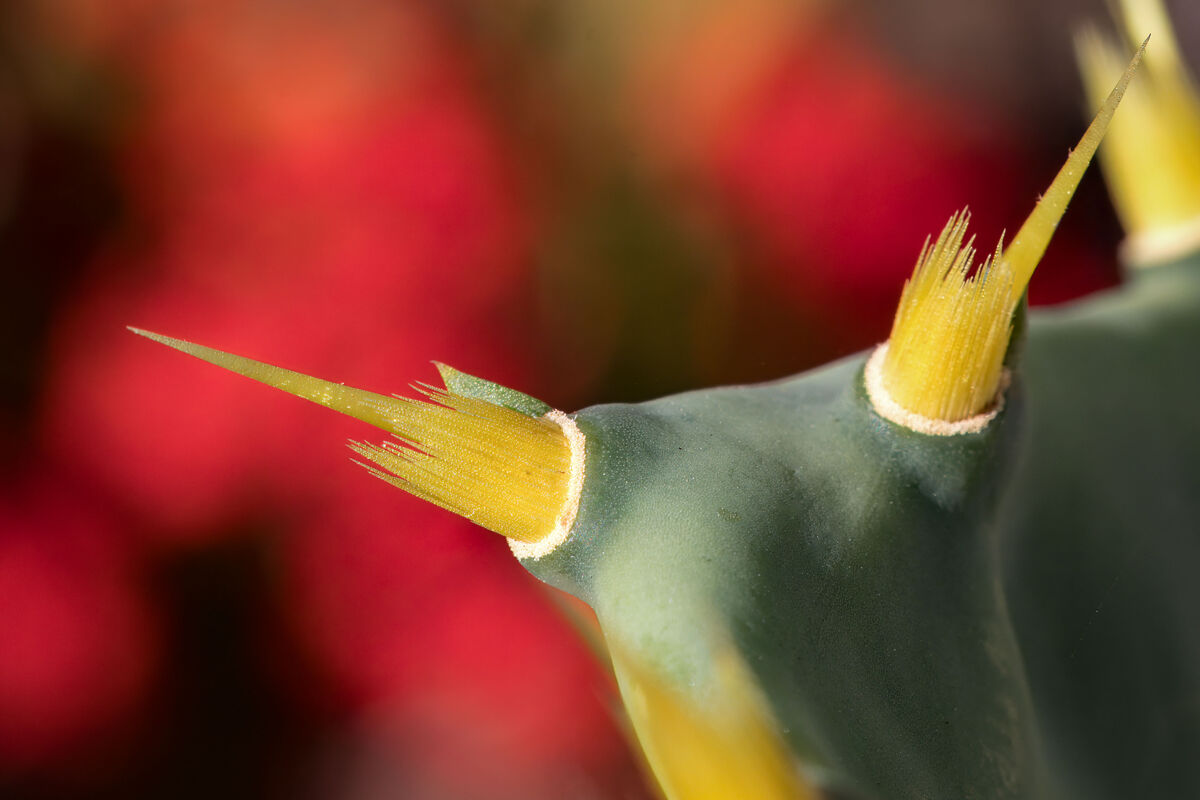Posts for: bkwaters
May 1, 2024 08:26:15 #
Linda From Maine wrote:
Or use this slightly larger jpg (it's the "full" size once all the cropping was done).
I like your original the best. It is a very pleasing example of fine art photography minimalism. I do find it interesting how some people like minimalism and others don’t.
Apr 20, 2024 07:52:47 #
drkeene wrote:
I am looking at the Canon R50 as my new "all ... (show quote)
I've owned very expensive FF cameras. I sold them. Now I use the R50 as my main camera. I love it. The RF 18-150 is the perfect wide to tele zoom for it (and my answer to your question), but as expressed above, the RF 18-45 is also an option if extreme compactness is your goal. My RF 100-400 basically lives on my R50, but this week I put on my RF 100 Macro for a trip to the local botanical gardens.
The tracking with the RF 18-150 and RF 100-400 is amazing. Tracking is the most important attribute of a camera when shooting kids, sports and wildlife. In my opinion you're making a fantastic choice.
Apr 19, 2024 07:25:09 #
billnikon wrote:
Pied-billed Grebe, Wakodahatchee Wetlands.
Sony a1, Sony 600 f4 @ f4, 1/8000 sec. iso 5000, manual exposure based on green grass, center spot focusing
Sony a1, Sony 600 f4 @ f4, 1/8000 sec. iso 5000, manual exposure based on green grass, center spot focusing
Very creative composition. It's a fine art image that is perfect for a wall hanging.
Apr 19, 2024 07:21:19 #
imagemeister wrote:
I started out on Macs and a member of the Mac user's group - after my last I-Mac crashed I realized Macs are for well-to-do people - of which I am not ......so now I am a PC user ......
So true. Being able to easily upgrade and repair PCs as compared to Macs is a great money saver. Now if they would only make LRC and PS for Linux.
Mar 31, 2024 10:42:06 #
Angel Star Photography wrote:
For several days I had been experiencing slow perf... (show quote)
Are you using the Game or Studio Nvidia driver?
Mar 27, 2024 09:34:23 #
don2b2 wrote:
Coming out of my neighborhood, I could always see the Bridge in the distance. A jolt this morning when it was no longer there. This was a photo from some 15 years ago.
Gorgeous photo that speaks to one of the most important reasons for photography. Thanks for posting.
Mar 19, 2024 10:21:31 #
selmslie wrote:
We should already know that visible noise (signa... (show quote)
To me it seems intuitive and logical. Why should increasing the exposure in camera (raising the iso) result in any more or less noise than increasing the exposure in post-processing? Just like cropping in camera by using APS-C (DX) mode does not make a difference in overall sharpness compared to cropping in PP.
Mar 19, 2024 10:10:09 #
Rongnongno wrote:
The progress is in the sensor, nowhere else. br b... (show quote)
I can't believe people replied! Amazing!
Mar 19, 2024 10:04:50 #
Ron Seher wrote:
I have a Canon EOS R5. I going use an extender on my RF 100-400mm lens for landscape closeups and occasional wildlife. I hear the 1.4 does a better job in focus than the 2.0 extender. Any experienced users of these extenders who would like to share their thoughts. Ron, Plano, TX
I prefer the 1.4.
Feb 19, 2024 07:43:39 #
gwilliams6 wrote:
Laowa 10mm f2.8 Autofocus lens coming Feb. 20 for ... (show quote)
Not unless someone knows of dark sites that are not isolated and creepy - no milky way photography for me.
Feb 13, 2024 11:55:30 #
burkphoto wrote:
This is a VAST oversimplification aimed at helping... (show quote)
Thanks. Great job explaining.
Feb 13, 2024 07:56:12 #
burkphoto wrote:
Think of a raw file as a CONTAINER file. You get t... (show quote)
Great explanations about RAW.
Now please explain RGB, sRGB, and CMYK color spaces. Thanks.
Jan 27, 2024 09:27:14 #
billnikon wrote:
Yes, it is not exactly good news for other birds who come there to nest. Especially Great Egrets and Great Blue Herons.
I literally walked hard into a Great Blue Heron around a month ago when it popped out from behind a golf cart. It looked at me like I was rude and kept on walking, totally unflustered.
Jan 26, 2024 10:36:18 #
billnikon wrote:
The Swallows return to Capistrano, the Buzzards return to Hinckley Ohio and the Wood Storks return to Wakodahatchee. Here a Wood Stork gathers nesting material.
As wood storks go up, parking spots go down. Shhh!
Jan 25, 2024 10:11:27 #
Mickey Jetpur wrote:
I bought my grandson an R10 with 18-150 lens. He needs a sports lens for taking videos indoors for his school. The RF lenses are way too expensive so I’m looking at EF lenses with an adapter. Can you please make some suggestions? Should I stick with Canon or any other make? I’m looking at used under $800. I’m familiar with Keh and MPB, thought I’d try here to get some info first.
I wouldn’t go that route. I suggest the RF 55-210 or RF 100-400 and run the images through Topaz Video AI afterwards. Since he’s shooting video, a very fast lens, nor great glass, is going to make a big difference.



